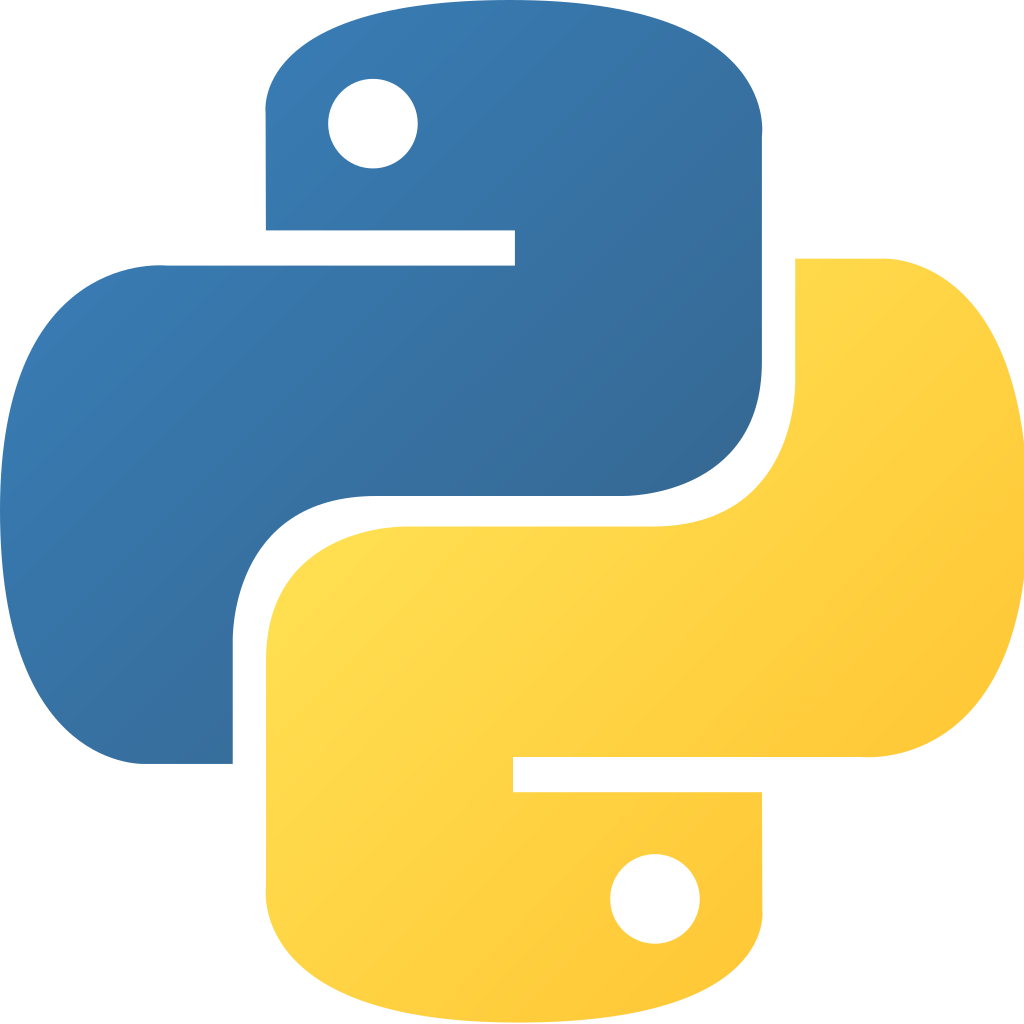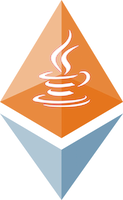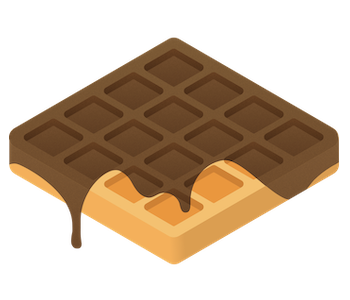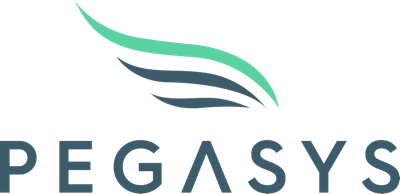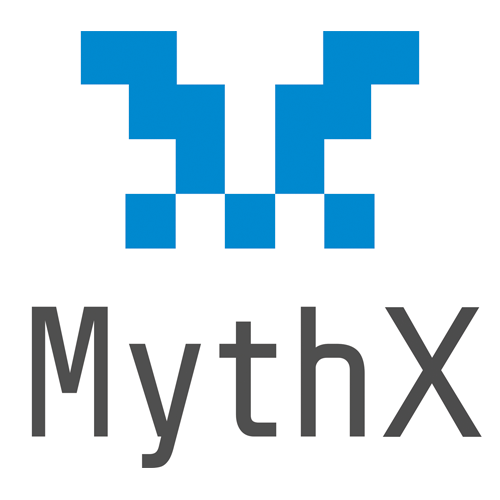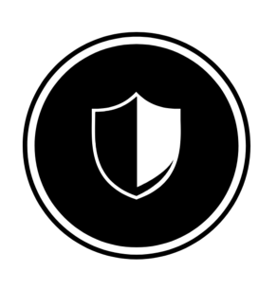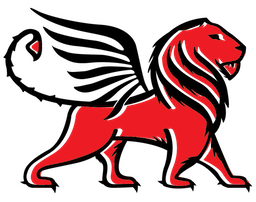WARMING-UP……..
Probably you are going to witness the greatest technological feat of human civilization that remarks not just technological advancement but bespeaks one of the greatest establishment of humankind as a whole.
Moreover, on a special note, I would like you to consider the fact that it is the core human tendency to break his own records which every time seems to appear, the final last update. I would not claim for the future but comparing the past then certainly this masterstroke ranks first.
This whole story remarks some of the most distinguishing characteristics of human society. The story of the massive vehicle taking off from womb of mother earth with million-ton heavy rocket boosters and touching down back to earth with elegant astronauts inside. This signifies the display of greatest courage, dedication, commitment and above all international cooperation and brotherhood.
I assure you that none of my blogs has the capability to swing your mind like this can. If you want to experience a complete thrill then follow this blog after you go through the Higgs boson and nuclear fusion on earth.
So that was the warm-up part of the blog, let us uncover the bottom line of it.
FROM STAR-GAZING TO MARS MISSION
Humans earlier used to sleep under the open skies and this chance of glaring the ubiquitous, vast and boundless space, the world of stars and planet have ignited the humans to know and visit them someday.
From those days of dreaming, the history records the development of theories of movement of heavenly bodies by Galileo Galilei and Isaac Newton, the launching of first liquid-fuel propelled rocket by father of rocketry, Robert Goddard, then the first human in space from Russia and landing on the moon by America. Skimming through those pages we see a story of great ups and downs and we get to know how all those audacious and beautiful things were accomplished.
These achievements are not just for the sake of scientific fantasy, in fact, is aimed at providing the exceptional services of communication, aviation, and information technology as an immediate outcome. On the other hand, remarks the very first step of humankind to become interplanetary species so as to surpass the danger of extinction in the future due to earth turning hostile.
We have talked a lot about “in general” of the topic and let us turn to more technical aspects. Let us get to know more about some major technical details about the designing, launching and maneuvering, re-entering and landing of the space shuttles. Moreover, USA’s NASA has done a whole lot of work on the space shuttle. So we will talk specifically about those American space shuttles and also talk about major timeline events.
DESIGNING
This topic covers the aspects of the basic aerodynamics, fuel system, and the thermal protection system.
Requirements:
- Light-weight: There is a whole lot of sensors, types of equipment, satellites that lead to the very heavy weight of the whole system. The gross weight reaches to 4.4 Million pounds of a typical space shuttle system at launch.
- Structural integrity: The shuttle burns 1.99 Million kg of fuel in 8.5 minutes. Which pushes the shuttle from zero to 7850 m/s in orbit with an average acceleration of 29.4 m/s^2.
- Reusability: The economy is the major coin side that determines the fate of any technology. Making the space shuttle partially reusable was also a major challenge.
- Thermal protection: The temperature of the skin of space shuttle in its journey varies from -156 degrees in space to 1650 degree Celsius on re-entry. Advanced thermal systems are required to keep the temperature of highly explosive cryogenic propellant under required temperature and also prevent crew inside to get singed from this extreme heat or get frostbite in space.
Basic components:
So this is a typical space shuttle comprising of three basic units:
i) the orbiter, ii)the orange coloured external fuel tank(ET), iii) two solid- rocket boosters(SRBs).
Let us explore each element one by one and see what engineering challenges they presented and how it is fixed.
THE ORBITER:
This is the most significant part of the whole system. The reusable element of the space shuttle and that too up to 100 missions with minimal maintenance.
It is exposed to extreme temperature variations from -150 degrees Celcius in space when overlapped by earth’s shadow and 1600 degrees Celsius on re-entry. Moreover, it is supposed to produce massive accelerating forces by its own engines and thus requires high structural integrity to withstand those crushing forces on itself.
The most challenging part is an advanced reliable thermal protection system.
So, what’s the hack?
Like most of the time most complex problem is best addressed by the most simple solution, same is the case here.
So what is the best way to tackle heat?
The answer is INSULATION. Simply don’t allow the heat to enter the orbiter.
Engineers turned to simple silica sand to find an insulation material to operate at 1600 degrees. An ultralight highly porous block manufactured out of silica from sand which consists of 90% of air and rests10% special grade sand. These segments are called tiles. There are over 27,000 of these tiles on the shuttle of intricate shapes and design, all just as important as the next. Also, these tiles are not mechanically bolted on the body of shuttle instead glued with normal silicone adhesive on aluminium skull. In this way segmentation of tiles allowed for reusability by replacement of small damaged segments after every mission.
They are extremely good at heat dissipation. These tiles taken from a 2,300 oF oven can be immersed in cold water without damage. The surface dissipates heat so quickly that an uncoated tile can be held by its edges with an ungloved hand seconds after removal from the oven while its interior still glows red.
Also, the temperature is not distributed uniformly through the orbiter at re-entering. The base of craft sees much higher temperature compared to the top.Hence, different composition of tiles is used in different parts of the orbiter. The leading tips of wings experience the highest of all, touching the 3000 degrees Celcius mark. Thus they are specially made up of a composite material called reinforced carbon-carbon.
Probability of tile failure is not greater than 1/10 ^8. To accomplish this magnitude of system reliability and still minimize the weight didn’t come unpaid. It was only after the Columbia Shuttle disaster on 1 Feb 2003, investigations revealed the vulnerability of the ultralightweight tile to get punched by orbital debris. India lost its daughter Miss Kalpana Chawla in this disaster.
It was the aftermath of the unfortunate disaster that NASA pushed tougher to develop a highly secure and reliable heat shield, including the reinforced carbon-carbon composite for wing edge, which was the reason of melting of the shuttle on re-entry.

This shot focuses on the bottom of an orbiter named DISCOVERY.
These short video summaries neatly the concept of the thermal protection system (TPS) using the tiles.
If we talk about electrical power availability for the instrumentations and other important operations then it is supplied by three hydrogen-oxygen fuel cells which is operated by the cryogenic storage tanks installed on the orbiter. They are capable of generating 21 kW of power at 28 volt DC which is then converted to 115 V, 400 Hz, three-phase AC power for orbiter and payloads.
Amazingly the byproduct of the fuel cell is water which is made available for use for crew onboard.
Now comes the backbone of the space shuttle at the launch, the most massive part of this giant, the external fuel tank (ET).
THE EXTERNAL FUEL TANK:
This 50 m high and 8 m in diameter ET provide the fuel to three main engines and structural integrity at launch, hence is known as the backbone of the space shuttle.
- The ET carries cryogenic propellants i.e. liquid oxygen and liquid hydrogen for the combustion in three main engines on orbiter in two separate compartments divided by an unpressurised intertank that holds all the electrical components for proper operation.
- An empty ET weighs around 35.5 Kilo Kg and it holds about 1.6 million pounds of propellants i.e a volume of about 2 million litres (enough to drive 1000 average cars round the year).
- The ET supplies fuel to main engines on orbiter through two feed lines measuring 43 cm in diameter. The pressurised LO2 capable of flowing at a maximum rate of 66.6 thousand litres per min and LH2 at a max rate of 179 thousand litres per minute.
- The ET is jettisoned after a burn time of around 510 seconds, after which it returns back to earth following a predetermined trajectory and lands in the remote ocean.
Physical structure:
- The front chamber carries liquid oxygen at 250 kPa and at −182.8 °C in tank volume of 559.1 m3.
- The intertank hoses all the operational instruments and also receive and distribute the thrusts from the SRBs.
- The aft chamber carries liquid hydrogen at 300 kPa and −252.8 °C in 1,514.6 m3 tank volume.
- Although hydrogen tank is 2.5 times larger than the oxygen tank but weighs only one-third as much when filled to capacity. The reason for the difference in weight is that liquid oxygen is 16 times heavier than liquid hydrogen.
- Each fuel chamber also includes an internal slosh baffle and a vortex baffle to dampen fluid slosh due to vibrations.
Engineering challenge:
The thermal protection system is also critical for ET so as to maintain proper fuel temperature during the ascent of 8.5 minutes. Moreover, freezing ice at standby condition due to highly-chilled cryogenics on the skin of ET, which later form debris and impacts the orbiter glass shield or damages the tiles should be checked.
The ET is covered with a 1-inch (2.5 cm) thick layer of polyisocyanurate foam insulation, which also gives its distinguishing orange colour. The insulation keeps the fuels cold, protects the fuel from the heat that builds upon the ET skin in flight, and minimizes ice formation at standby.
The proper foam material selection only came after the loss of Columbia space shuttle in which insulating foam broke off the ET and damaged the left wing of the orbiter, which ultimately caused Columbia to break up upon re-entry.
This is a close view of the insulating foam on the ET.
THE SOLID ROCKET BOOSTERS:
These reusable boosters provide 70% thrust for liftoff of the space shuttle from the launch pad. They are 45 m high, 3.5 m in diameter and weigh up to 1.3 million pounds. The solid propellant that fuel consists of atomized aluminium (16 %) (as fuel), ammonium perchlorate (70 %) (acts as oxidiser), iron oxide powder (0.2 %) (acts as catalyst), polybutadiene acrylonitrile (12 percent) as curing agent and epoxy resin (2 percent).
They also bear the whole weight of shuttle on launch pads. With a burn time of 127 seconds, they are jettisoned and parachuted into the ocean and recovered by signalling devices and reused.
Not this element proved good to NASA and led to the disastrous crash of Challenger Shuttle,1986 due to a technical fault in the O-rings, killing all the crew on board.
The STS-51L crewmembers are: in the back row from left to right: Mission Specialist, Ellison S. Onizuka, Teacher in Space Participant Sharon Christa McAuliffe, Payload Specialist, Greg Jarvis and Mission Specialist, Judy Resnik. In the front row from left to right: Pilot Mike Smith, Commander, Dick Scobee and Mission Specialist, Ron McNair.
MISSION PROFILE:
LAUNCHING AND MANEUVERING
REENTRY AND LANDING
POST LANDING PROCESSES
BRIEF HISTORY
The credit of the science of space shuttle taking humans to space goes unravelled to NASA. The astronauts, scientist, and engineers who worked at NASA are entitled to standing ovations by the whole human society.
U.S started his visionary program called Space Transportation System (STS) and launched the first mission in the year 12 April 1981. The STS-1 named space shuttle Columbia successfully completed its orbital test flight. A fleet of 5 space shuttles named Challenger, Endeavor, Columbia, Discovery and Atlantis executed a total of 135 mission. Out of which two of them, Challenger (STS-51) and Columbia (STS- 107) failed that lead to loss of 14 crew members, rest other missions successfully scripted in pages of history. The space shuttle Atlantis (STS – 135) marked the last mission on 8 July 2011.
By the end of this mission, the world got the valuable gifts of ISS (International Space Station), Hubble Telescope, GPS technology, mobile communication, and many scientific experiments conducted in space. All of these technology forms the backbone of 21st-century human civilization and raises in us the hope of interplanetary successful human transportation someday!!!!
The biggest achievement of space missions: THE ISS
CONCLUSION
Humans might have used the science to attack enemy nation from space which could have possibly erased the existence of the whole planet, but fortunately, this marked the cradle for a technology which has now become the indispensable part of our life.
So, being a modern engineering marvel, it also led to the end of the cold war between the giants US and Soviet Union, which otherwise could have wiped the planet after leading to third world war.
FOR READABILITY ISSUES “THE MISSION PROFILE” TOPIC WOULD BE COVERED IN NEXT BLOG.
In the end, a beautiful clip to experience the thrill of space shuttle launch…
Thanks for your kind attention and valuable time!!!
Stay tuned for the next blog, till then your doubts and thoughts are most welcomed.
Keep reading, Keep learning!
TEAM CEV!!









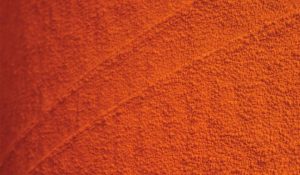
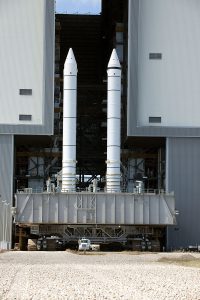











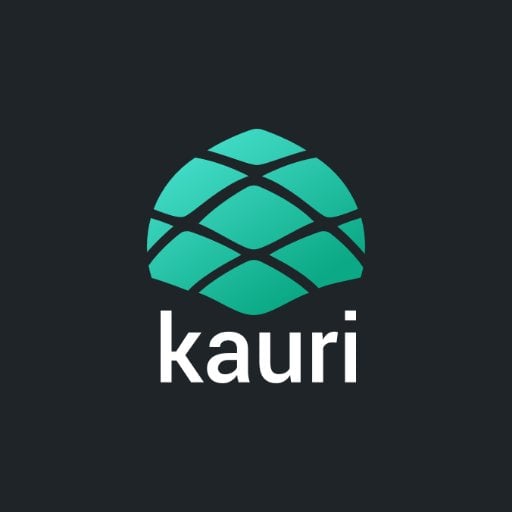
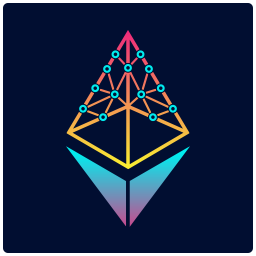



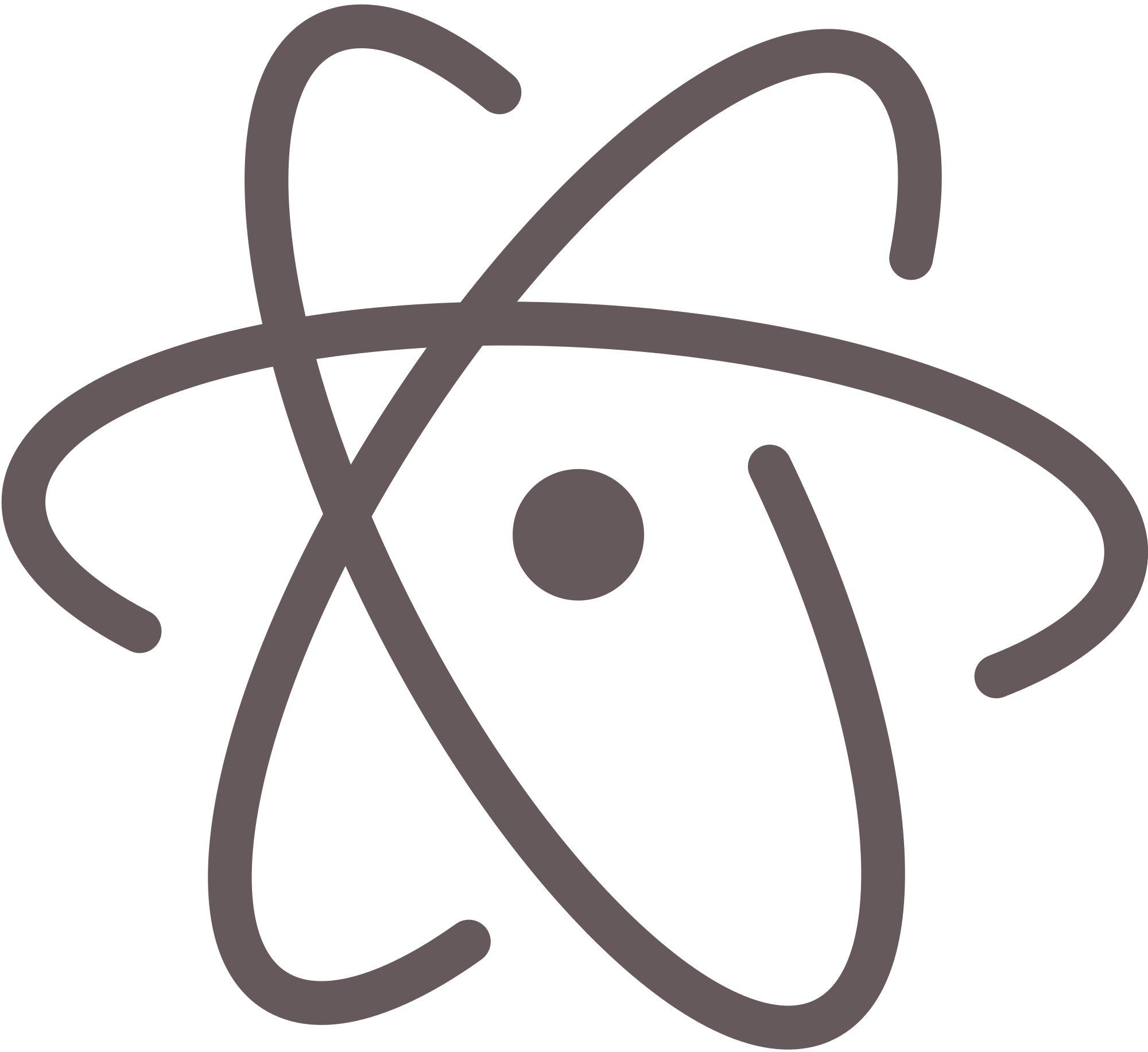
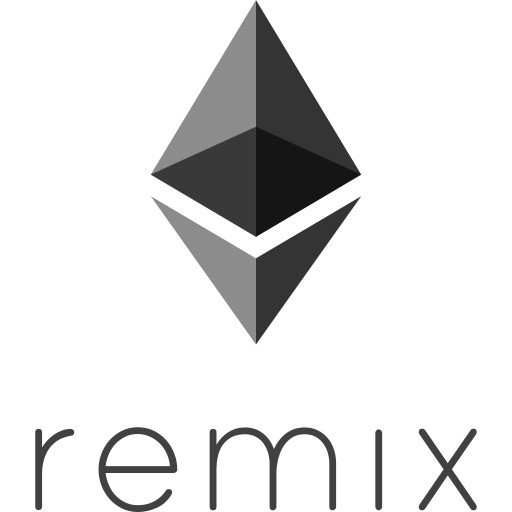

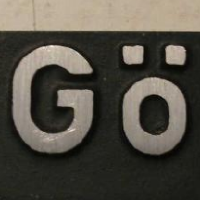

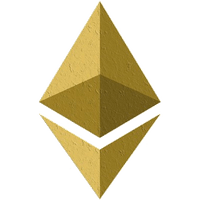



js.jpeg?width=259&name=ethers(dot)js.jpeg)

